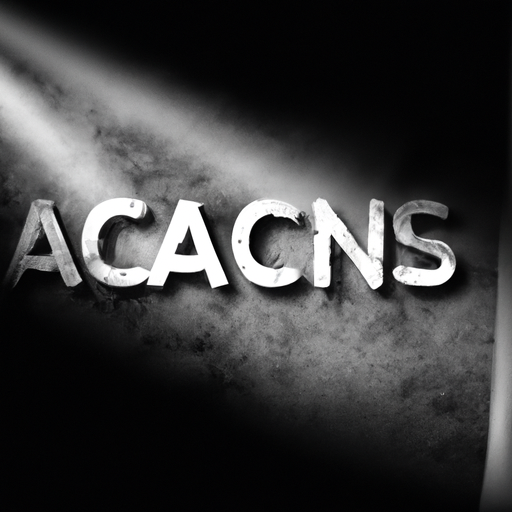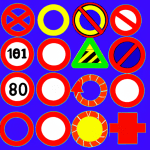What are Acts and Scenes? A Comprehensive Guide
Acts and scenes are essential elements of dramatic literature, particularly in plays and theatrical performances. They help structure the narrative and provide a framework for the audience to follow the story. In this article, we will delve into the meaning and significance of acts and scenes, exploring their role in enhancing the overall theatrical experience.
Understanding Acts
Acts are major divisions within a play that separate different parts of the story. They function as a way to organize the plot and allow for breaks or intermissions between sections. Typically, a play is divided into two or more acts, with each act containing multiple scenes.
The purpose of acts is to introduce and develop the plot, build tension, and create a sense of progression. They often mark significant shifts in the story, such as changes in time, location, or character dynamics. Acts can also serve as a way to explore different themes or ideas within the play.
Exploring Scenes
Scenes, on the other hand, are smaller units within acts that represent a specific moment or event in the play. They provide a more detailed look into the story and allow for the development of characters, relationships, and conflicts. Scenes often take place in a single location and involve a specific group of characters.
Scenes help to advance the plot by presenting key moments of action or dialogue. They contribute to the overall structure of the play and help maintain the audience’s engagement. By breaking the play into scenes, playwrights can create a sense of rhythm and pacing, ensuring that the story unfolds in a coherent and compelling manner.
The Relationship Between Acts and Scenes
Acts and scenes work together to create a cohesive theatrical experience. Acts provide the broader structure and context, while scenes offer the finer details and intricacies of the story. Together, they form a narrative arc that guides the audience through the play.
The transition between acts and scenes can vary depending on the play and the playwright’s intentions. Sometimes, there may be a brief pause or blackout between scenes, signaling a change in time or location. Other times, the transition may be seamless, with scenes flowing into one another without interruption.
Conclusion
Acts and scenes are fundamental components of dramatic literature, playing a crucial role in shaping the narrative and engaging the audience. Acts divide the play into major sections, allowing for breaks and progression, while scenes provide specific moments and events within those acts. Understanding the significance of acts and scenes can enhance one’s appreciation for the art of theater and the craft of storytelling.




